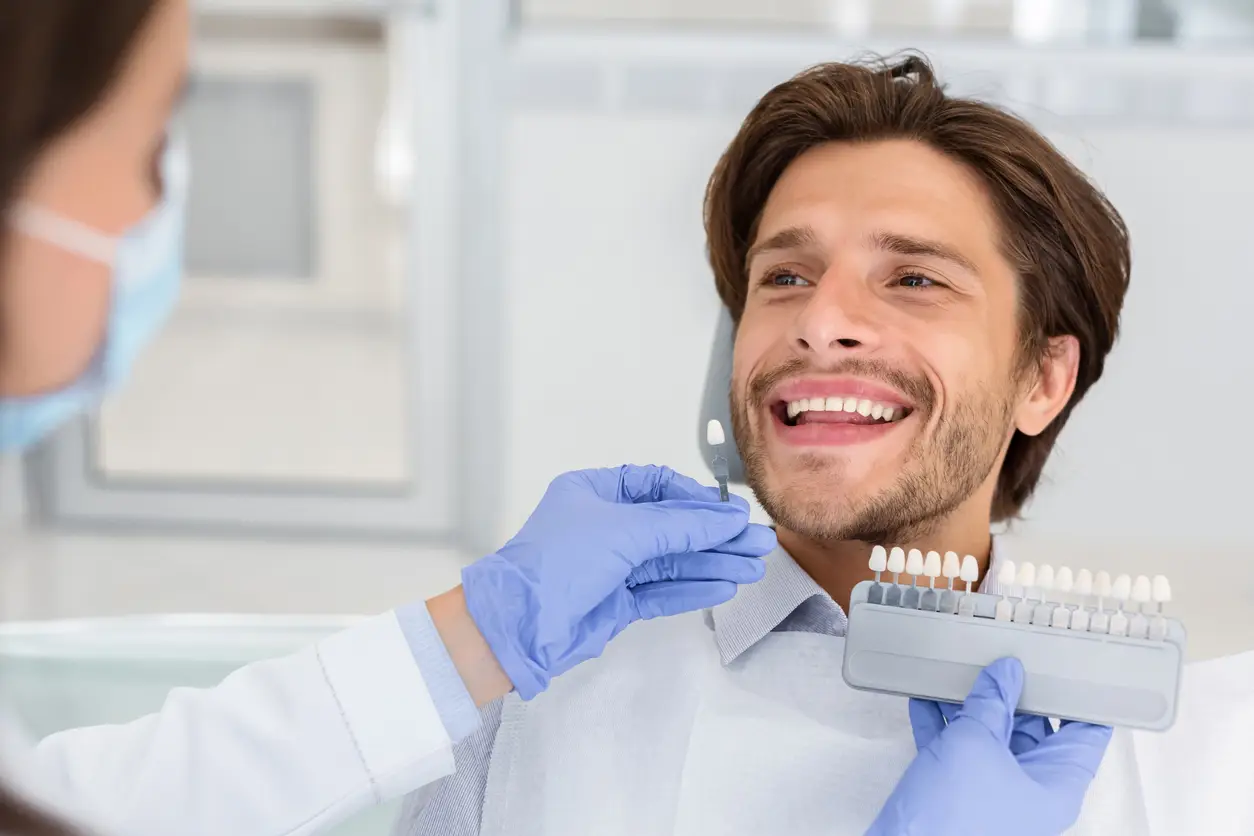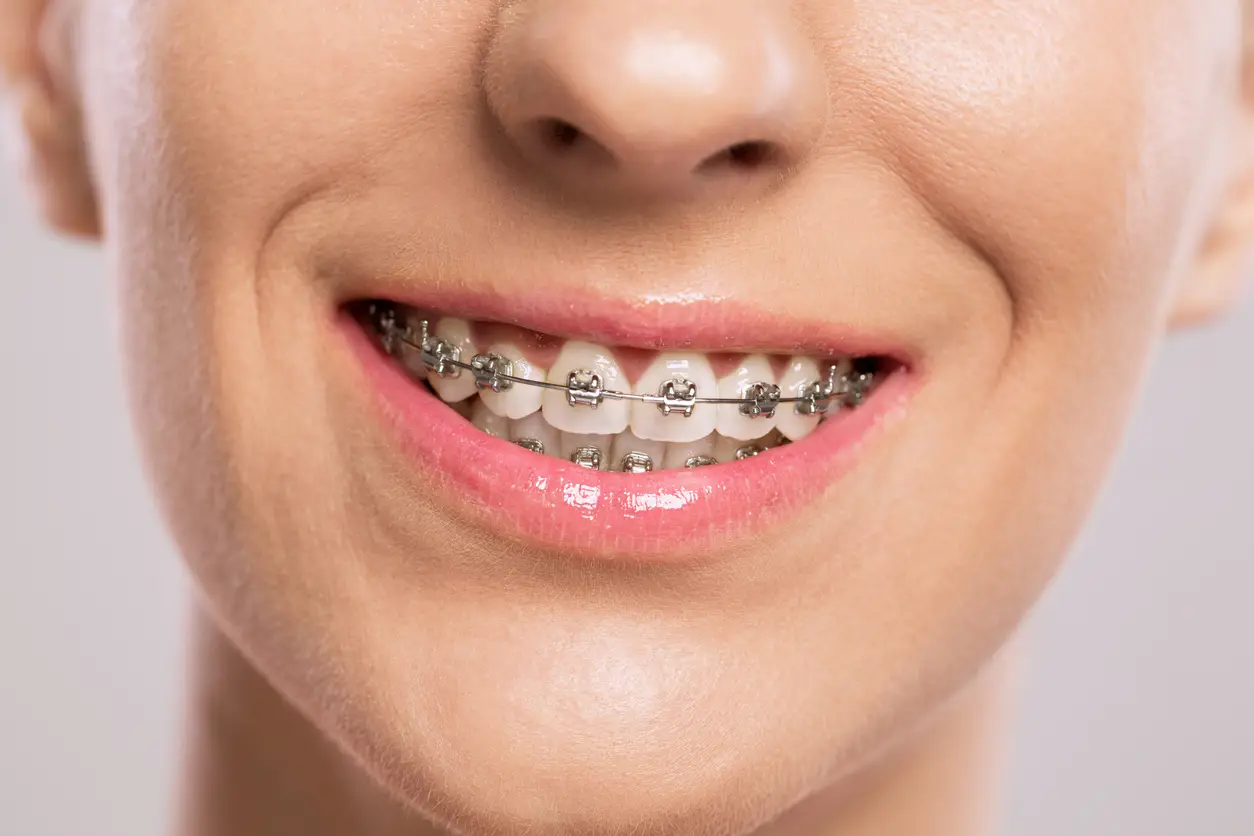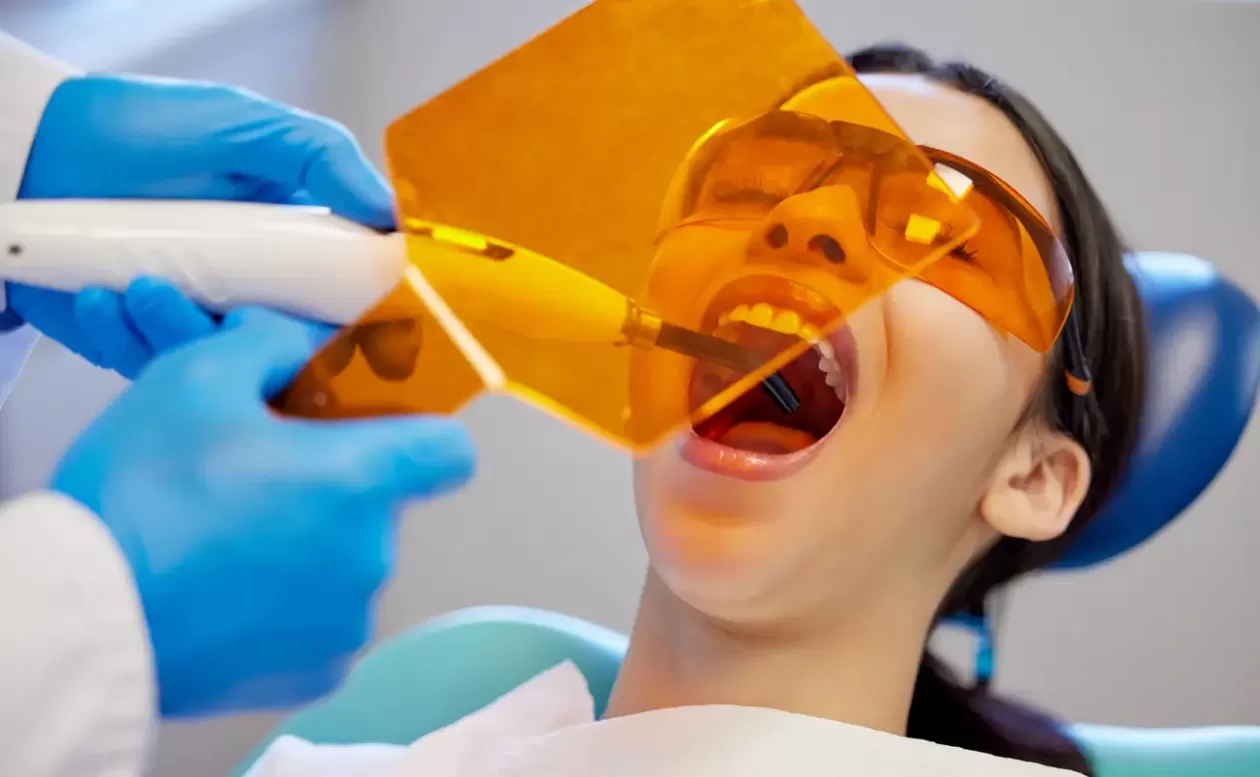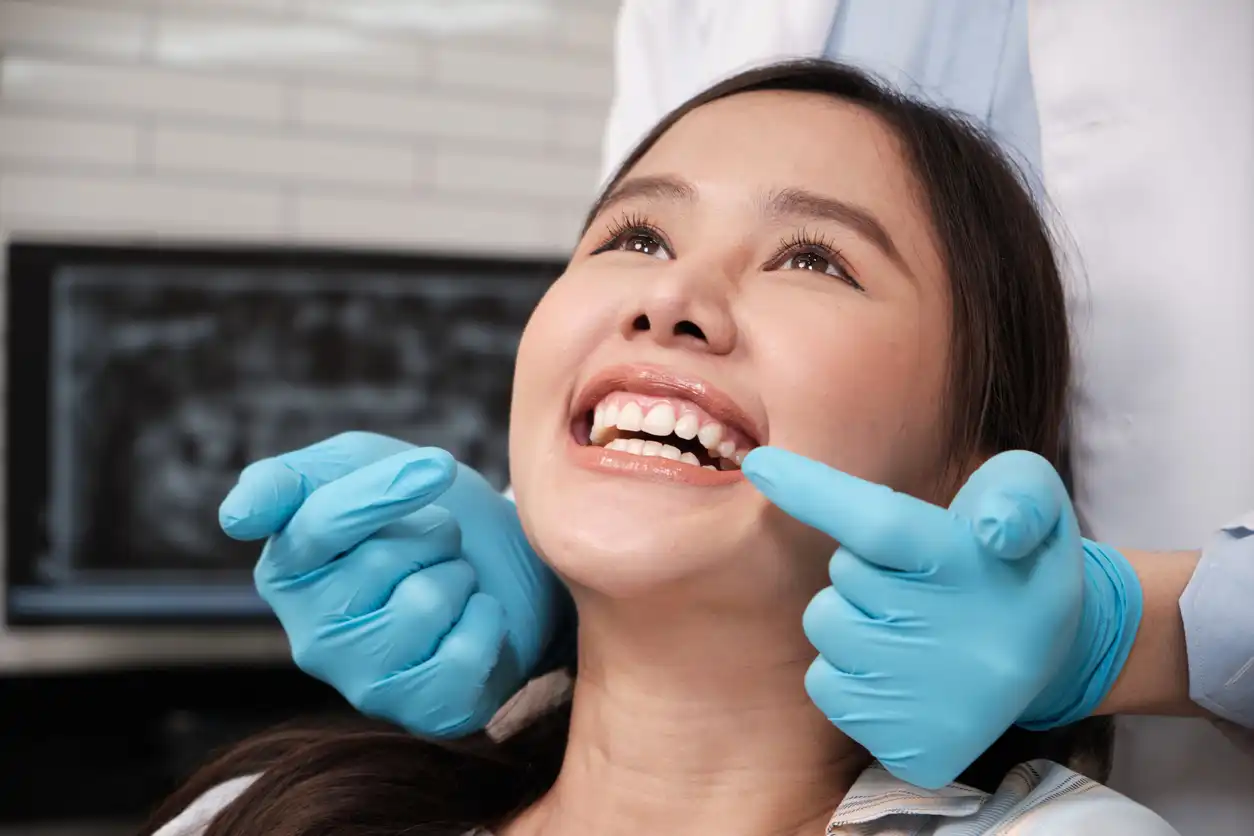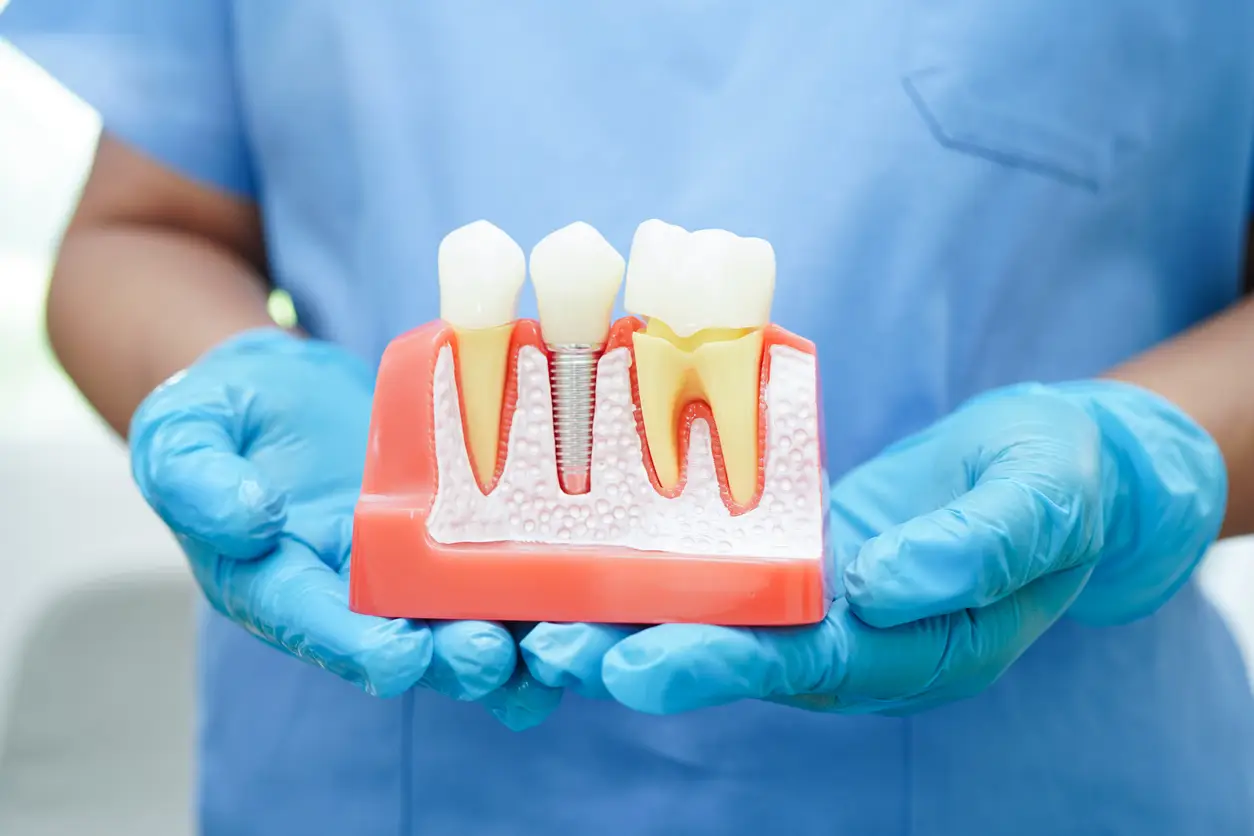Let’s be real – when people hear orthodontics, they think braces. Maybe it’s the metal brackets you had in middle school or the see-through aligners that your co-worker has been telling you about. But West Hollywood orthodonticsis is so much more than teeth straightening. It’s a whole dental discipline devoted to how your teeth, jaws, and facial muscles work together. And while we don’t discuss it every day, orthodontics has a significant impact on your overall health, comfort, and appearance. So what is orthodontics, exactly — and why is it more than just a photo-friendly smile?
What is the need for orthodontic treatment?
Dental care is more than appearance. Yes, aesthetics are a major motivation for many who are seeking treatment. Who doesn’t desire to have a confident, straight smile? But below the surface, crooked or tightly packed teeth may pose more than just cosmetic concerns.
If you have a “bad bite” (meaning that your teeth don’t come together and work properly when you close your mouth), you’re likely to experience a sore jaw, problems with chewing or even regular headaches. Others grind their teeth because of stress or medication, even if they don’t realize it; this wears down the enamel. Alternatively, they may be mouth breathers or have speech issues related to incorrect jaw positions.
Orthodontics in Los Angeles can fix all of these problems. It gets your bite in balance, and that can make all the difference in the world for both the appearance and function of your teeth and jaw on a daily basis.
What types of problems does orthodontics really correct?
There’s a wide variety when it comes to orthodontic issues. The most prevalent one people are familiar with is crowding — that there’s not enough room in your mouth for your teeth to sit comfortably. Then there’s spacing, which is the opposite problem. If you have prominent gaps in your teeth, we can also take care of that.
Overbites and underbites are the traditional orthodontic issues we associate with. “With an overbite, your top teeth can hang over your bottom teeth,” Dr. Samaha explains. An underbite is when the lower front teeth are pushed outward and forward. Crossbites and open bites are similar problems that also influence the way your jaw fits together.
Orthodontic treatment is a gradual process that slowly shifts teeth with various appliances. It’s a sluggish process, but that’s by design — it keeps your teeth healthy while gradually guiding them into place.

What equipment do orthodontists use to straighten the teeth?
Let’s talk about the gear. There are still old-fashioned metal braces which, let’s face it, work fine. The wires and brackets may look intimidating, but behind the scenes, they are working hard to shift your teeth into place slowly. These days, they are a lot smaller and more comfortable than they used to be.
There are also the clear aligners that have gotten super popular. Enter Invisalign, and the game changed: The brand provided invisible trays that snap over your teeth. They’re removable, so you can eat and brush your teeth, which is nice, but you need to wear them pretty consistently for the magic to happen.
Then, there are less well-known options, like ceramic braces, which more closely match the color of your teeth, or lingual braces, which are positioned behind the teeth and not as visible. Some individuals may also require expanders, headgear, or retainers, depending on the case. The specific course of treatment will depend on your individual bite and goals.
Does it take long to get braces on teeth?
The short answer is, there isn’t an answer that fits everybody, but most orthodontic treatments last one to three years. That might seem like a lot, but consider it an investment in decades of improved dental health. And as much as we’d all love to speed along the process, teeth should not be moved too quickly, or risk damaging the roots or bone.
You’ll also need to check in with your orthodontist regularly as you receive treatment. These visits are brief but invaluable. They tighten your braces or hand you another set of aligners. It’s one more step closer to your goal.
After treatment, most people need to wear a retainer — at least at night. This prevents your teeth from moving back to their original positions. Think of it as a security system for your new smile.
Is orthodontics only for children and teens?
Not at all. Adult orthodontics in West Hollywood is one of the fastest-growing portions of the field. Increasingly, adults are getting braces or aligners to straighten their teeth, to correct problems that went unaddressed in childhood. Perhaps they couldn’t afford it then, or maybe their teeth shifted as they aged.
It is now possible to receive discreet, inconspicuous orthodontic technology, so adults can proceed without feeling self-conscious. For professionals who don’t want their treatment to be super visible, clear aligners and ceramic braces are particularly popular.
Misaligned bites, jaw pain, and worn teeth can also occur in adults. And receiving medical care later in life can help prevent larger dental problems later on.
Is orthodontics just about teeth, or does it influence the rest of the body?
Here’s where it gets even more interesting. Orthodontics in Los Angeles and general health are more intertwined than you might believe. And if your bite is off, it can affect how you breathe, talk, and even sleep. For example, some people with sleep apnea have jaws more likely to fall back instead of remaining forward during sleep. You might also get more oxygen at night if you can do something to fix the structure of your mouth.
Problems with jaw alignment can also result in TMJ disorder, a condition characterized by chronic jaw pain, headaches, and clicking when you eat. Your dentist can help you counteract or even eliminate those symptoms by equalizing the function of your jaw muscles with orthodontic treatment.
And there’s the confidence thing. It’s not just vanity to feel good about your smile; it’s how you engage with the world. Patients who receive orthodontic treatment commonly describe feeling more confident in speaking, laughing, and communicating.
How do you begin if you are interested in orthodontic treatment?
The first step is to digitally consult with an orthodontist. You don’t need a referral. Your first appointment is typically a combo of discussion, examination, and imaging. You’ll discuss your concerns, have photos or X-rays taken, and learn about your options.
From there, you will receive a treatment plan tailored to your situation. Whether you end up with braces, clear aligners, or some combination of tools, the point of the process is balance as well as function. And yes, a great smile out of it is a pretty nice bonus.
Conclusion
Orthodontics in West Hollywood is about more than straight teeth; it’s an art and a science designed to create a healthy, comfortable, and confident smile. Whether you’re 12 or 42, correcting your bite can change more than your outward appearance — it can change your life.
Share This Article.
Related Posts
Recent Posts
Our Hours
| Monday | 8:30 – 5:30 |
| Tuesday | 8:30 – 5:30 |
| Wednesday | 7:30 – 5:30 |
| Thursday | 8:30 – 5:30 |
| Friday | 8:30 – 5:30 |
| Saturday | Closed |
| Sunday | Closed |
Serving the Communities of Beverly Hills, West Hollywood, & LA and the Neighborhoods of Mid-Wilshire & the Miracle Mile

